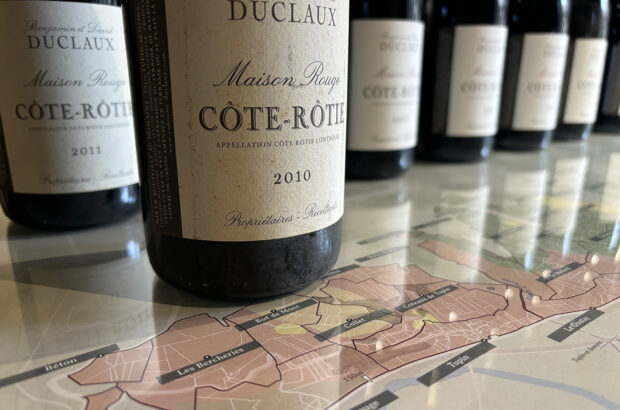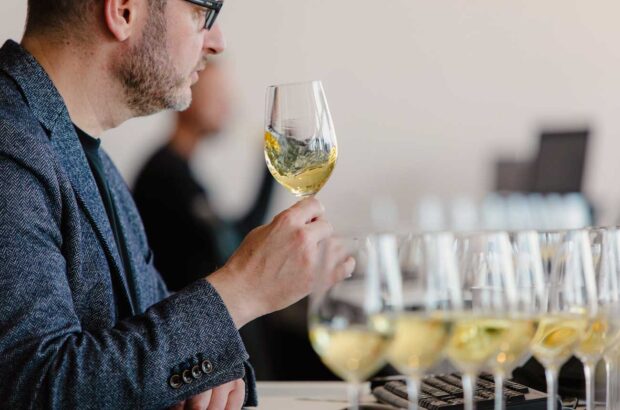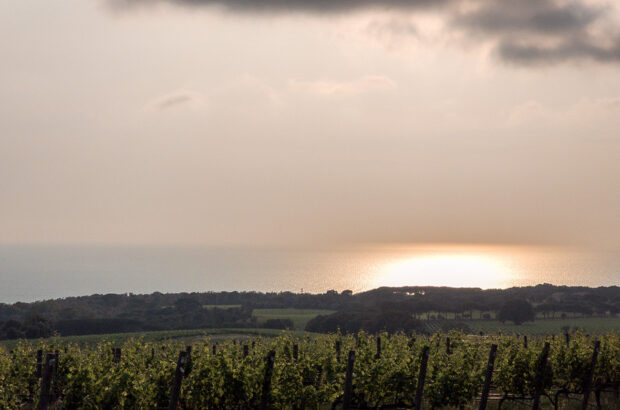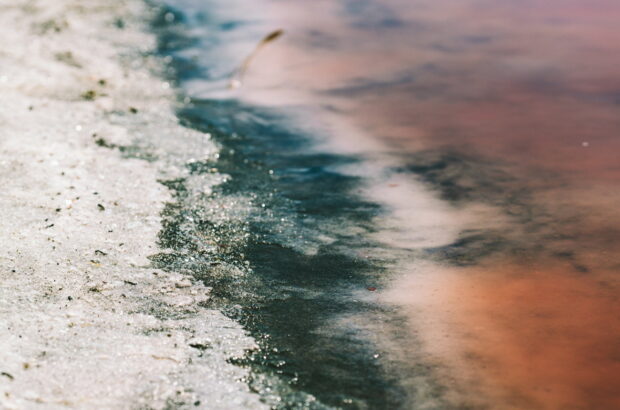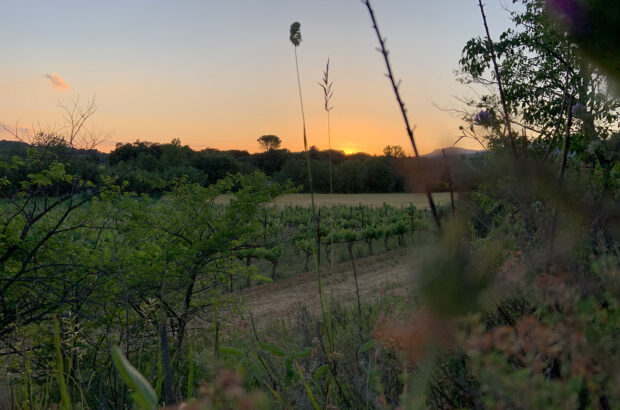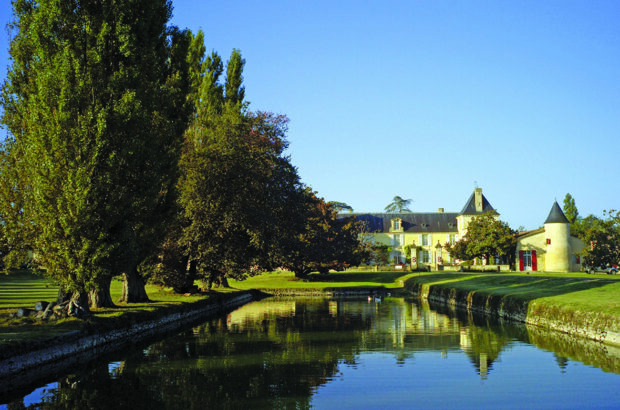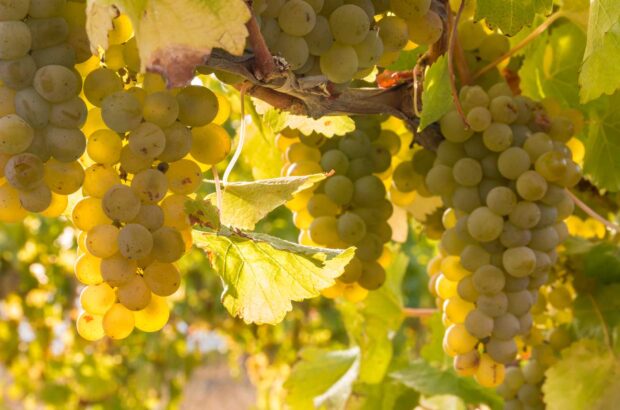Siepi is a blend of 50% Sangiovese and 50% Merlot grown in the Chianti Classico area. This combination of Sangiovese’s structure and acidity along with Merlot’s plushness and softness is Siepi’s calling card.
Treated with 70% new oak and bursting with ripe, plush fruits, spice and florals, Siepi offers drinkers a distinctly SuperTuscan experience. While some producers in Tuscany are finding it harder to work with Merlot in the face of increasingly warmer growing seasons (Cabernet Franc seems to be gradually replacing Merlot as the new darling of Bolgheri, for example), Castello di Fonterutoli is sticking to its guns.
This decision is made easier not only by the fact that Merlot is an equal partner in the historic blend, but also that the vineyard’s soils and microclimate help to keep the Merlot in check, avoiding any accusations of overripeness.
A recent five-vintage vertical tasting with Giovanni Mazzei – the 25th generation of the Mazzei wine dynasty and the group’s export director – helped demonstrate the great strides that have been made over the last few years to make Siepi more accessible in its youth, while also dialling back the oak for a more elegant character to suit contemporary tastes.
Giovanni explained that although the 50/50 blend of Sangiovese and Merlot at the heart of Siepi has remained the same since 1992, there have been other important changes, both in the vineyard and in the cellar.
The Siepi vineyard

Located in Castellina in Chianti, Siepi’s 14-hectare vineyard is situated on a southeast-facing plateau between 220 and 310 metres above sea level. Encircled by forest, the vines growing here enjoy the cooling effect of the trees, while the soil, dominated by aberese marl with limestone and clay, is well draining – yet importantly the clay holds enough water to alleviate any stress to the vines in drier conditions.
The Sangiovese comes from two south-facing plots, ‘Vallone’ and ‘Poggione’, totalling 3.1ha. The vines planted in 1997 derive from a massal selection of the best clones, while the vines planted more recently in 2011 were also propagated from some of the best Sangiovese vines already in the vineyard – a selection of a selection, if you will.
The Merlot comes from a single southwest-facing plot, ‘Il Piano’, of 2.9ha. Planted in 1986 and 1987, these vines derive from a massal selection of the best vines of the estate originally planted in the 1970s.
The vineyard has been farmed organically since 2006, and occassional anti-fungal treatments consist of no more than sulphur and copper. Organic fertiliser is used in conjunction with cover crops, of which fava beans in particular help to release nitrogen into the soil – important for the health of the vines and the quality of the grapes.
Stricter selections
Since 2018, Siepi has been the product of a stricter vineyard selection and since 2019, a new optical selector has been employed to tighten up quality control even further.
‘Between 2007 and 2012, there was a big change in elegance,’ said Giovanni, explaining that 2007 was the first vintage made in the new gravity-fed cellar, which allowed for improvements to the wine.
Parcels are today fermented individually in 100hl tapered oak vats using indigenous yeasts. Submerged-cap fermentation was introduced for the Sangiovese in 2018 – an important step towards Siepi’s more elegant character in the most recent vintages.
Tweaking the oak
After fermentation is complete, the Sangiovese is racked to untoasted tonneaux, treated with steam to open the pores and then heated over a large convection oven to achieve a toasted quality without the overt charring a naked flame creates. This is another recent change, as previously both the the Merlot and the Sangiovese were racked to lightly-toasted barriques.
The oak barrels have always been sourced from a wide variety of tonnelleries, yet while the amount of new oak has remained the same (around 70%), more Austrian oak and less French oak have been selected since the 2019 vintage, in order to give a less pronounced but still complex oak character.
The wines mature for around 17 months before final assemblage, after which Siepi spends four months in concrete vats before bottling, an additional step introduced for the first time with the 2016 vintage.
Giovanni said that 2019 marked a new stylistic era for Siepi, where the wine is more accessible early in its life, more fruit-forward too; the result of all of these small changes over the last few years. While I singled out 2018 in particular as a sublime wine, Giovanni may have a point – despite their youth, the 2019 and 2020 both have great potential for the future.






